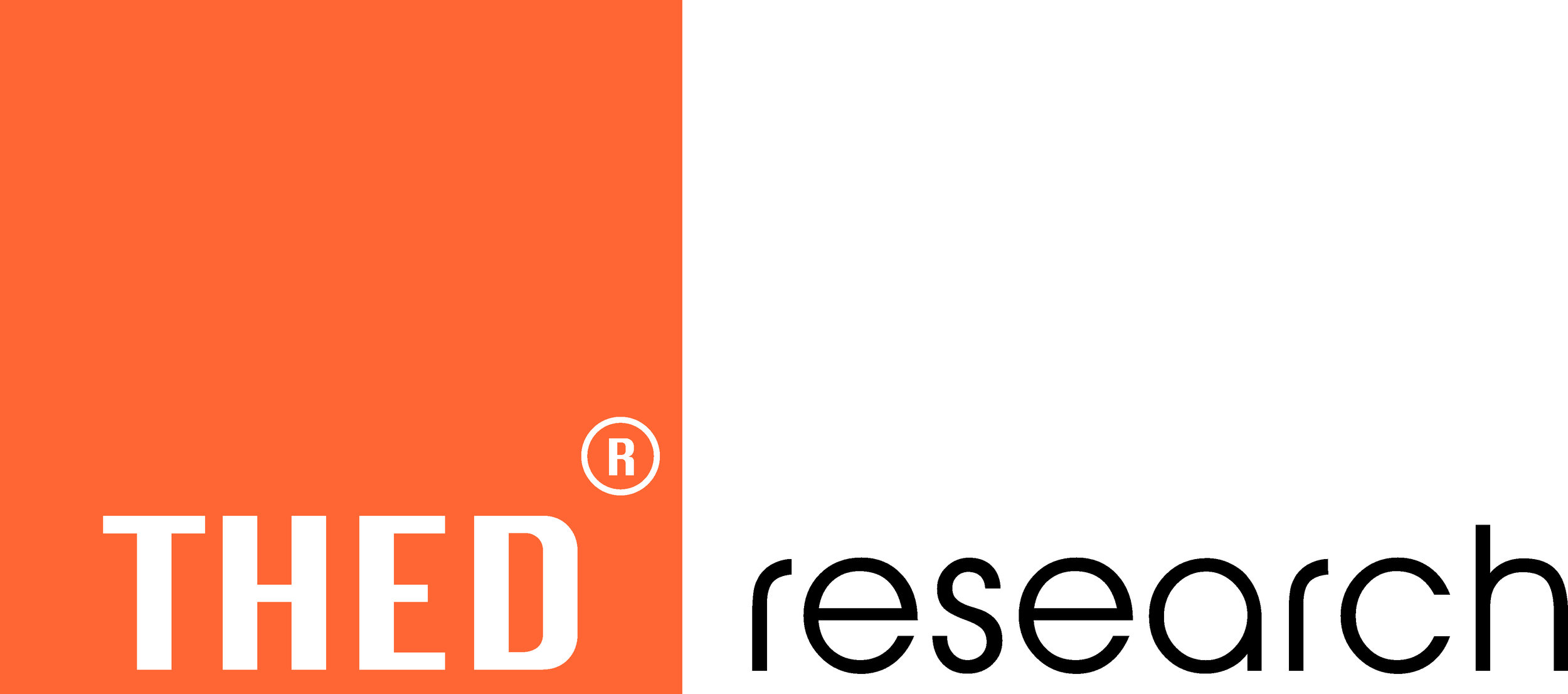Dr. Stephan Martincorena Garcia during the analysis of liver stiffness with the THED system.
THED research has been developed for the measurement of in vivo tissue
stiffness in a wide range of diagnostic applications. The THED principle
is distinct to other elastography methods by the innovative concept of
time-harmonic waves continuously excited by an external vibration source
which is integrated in the patient bed. Dr. Richard G. Barr from
Northeastern Ohio Medical University described this principle in a
commentary accompanying our research article in Radiology which appeared
in May 2018 (https://doi.org/10.1148/radiol.2018172928) by the following
sentences:
"[Conventional] …techniques can be considered as dropping a stone in the
water and measuring the resultant ripples that have a limited distance
before disappearing. … time-harmonic elastography can be considered as
what happens to a bowl of water during an earthquake with the ripples
persisting for a long period and extending over a larger area."
Dr. Barr concludes by saying
"[Time harmonic elastography was] able to obtain measurements in all
patients as well as obtain measurements to 14 cm. For the other existing
US techniques, patients with a high body mass index are problematic
because the large body mass prevents taking measurements in the sweet
spot of 4–4.5 cm from the transducer (and maintaining at least 1.5–2.0
cm from the liver capsule)."
By this principle of time-harmonic tissue stimulation, THED research
offers unique sensitivity to many diseases which are associated with
soft tissue mechanical property changes. THED research has been
demonstrated to be successful in abdominal organs including the liver,
kidney, spleen, pancreas and abdominal aorta (please see the list of our
publications here). Moreover, pilot studies have been performed using
THED in the prostate, uterus, heart and even the brain.
Most important for the clinical use is THED's capability to generate
full-field-of-view elastograms even in patients with extreme obesity and
with ascites – factors which limit the accuracy of other elastography
techniques. Moreover, since time-harmonic stimulations are driven by
precisely known frequencies, THED measured stiffness values can be
directly compared to Magnetic resonance elastography which is considered
the gold standard modality for elastography. This transfer of parameters
from ultrasound to MRI is unique and will facilitate easy conversion of
diagnostic thresholds for clinical use.
